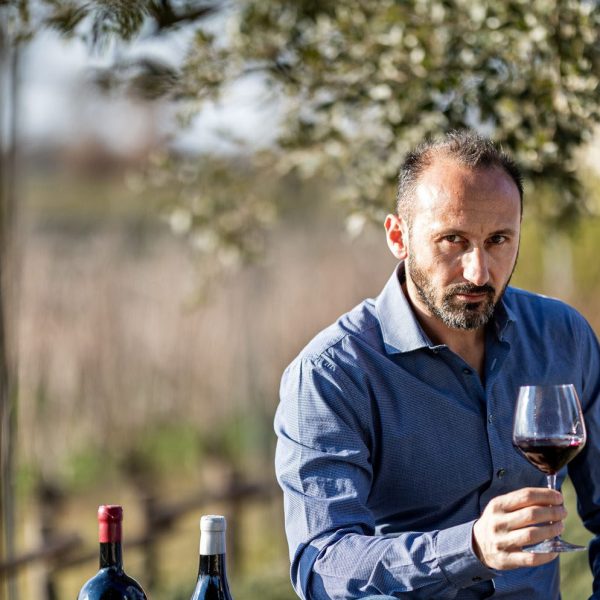Giove (Tr)
History
Some believe it was founded in Roman times near a temple dedicated to the god Jupiter, of which no traces remain, while others argue that the origin of its name derives from the Latin word “jugum”, meaning “summit” between two valleys, to geographically describe the town.
There are numerous pieces of evidence of settlement in the area during Roman times: tombs, coins, ruins, and the remains of the river port of San Valentino along the Tiber. In 1191, the first historically verified mention of the fortress called “Castel di Juvo” is recorded, and throughout the Middle Ages, the castle and the village, due to their strategic importance, were the scene of fierce disputes among the major municipalities and families of the area.
In the mid-1400s, the Palace, also known as the “ducal” palace, passed to the Farnese family, and by the late 1500s, it was acquired by the Mattei family, who, through mannerist interventions, gave it its current appearance.
Address: Giove, 05024 Giove TR
Phone: 0744 992928
Culture
Ducal Palace
The majestic palace/castle of Giove, later called Palazzo Mattei, decidedly dominates the small village, which maintains the classic medieval layout enclosed by walls and towers.
The castle, dating back to 1191, was radically renovated in the 1600s by artists from the school of Vignola.
The building, which has 365 windows, one for each day of the year, is structured into five floors, while the corner towers have an additional residential floor. The staircase ramp, which can be traversed by carriages up to the noble floor, is still intact. The interior halls are decorated with paintings of mythological subjects attributed to Domenico Zampieri, known as the Domenichino, Paolo Caliari, known as the Veronese, and Orazio Alfani.
In 1985, it was purchased by the American Charles Robert Band and transformed into an elegant Relais.
Church of Santa Maria Assunta
In Rococo style, it houses a panel with the image of the Assumption of the Virgin Mary, attributed by some to Niccolò Alunno, while others attribute it to the school of Alunno. Also interesting is the organ, placed above the entrance door, which due to its constructional characteristics is considered the most interesting modern instrument in the entire province of Terni.
Church of Madonna del Perugino
The church owes its name to the image of the Madonna commissioned in the 17th century by Francesco Caffarelli, a resident of Giove originally from Perugia and therefore called “il Perugino.” The church also houses numerous ex-votos.
Convent of Santa Maria del Gesù
Founded following a donation by Felicita Colonna in the early 17th century, until 1870 it was owned by the Franciscans, then by the Oblates of St. Francis, and finally by the Marianists. For some years now, the convent has been home to a naturist center, Il Germoglio.
The Church of San Rocco, which houses sixteenth-century frescoes of the Foligno school depicting sacred scenes. On September 21, 1969, the church was dedicated to the fallen of all wars.
“Mulinaccio” of Giove, a romantic ruin lost in the woods of the Tiber Valley.
Nature
Perched on a terrace at an altitude of 292 meters, Giove overlooks the left bank of the Tiber. From its walls, one can catch sight of Orte, Orvieto, with the Monti Cimini in the background.
Paths
Launched in 2019, the “Cammino di San Valentino di Giove” is an approximately 8 km itinerary that starts from the historic center, departing from the ancient Franciscan Convent. It passes through the points of interest of the municipality before continuing on the old road to Attigliano, the Roman columbarium, the farmhouse of the boat, the boat bridge, the ancient river port, and finally the Torricella.




